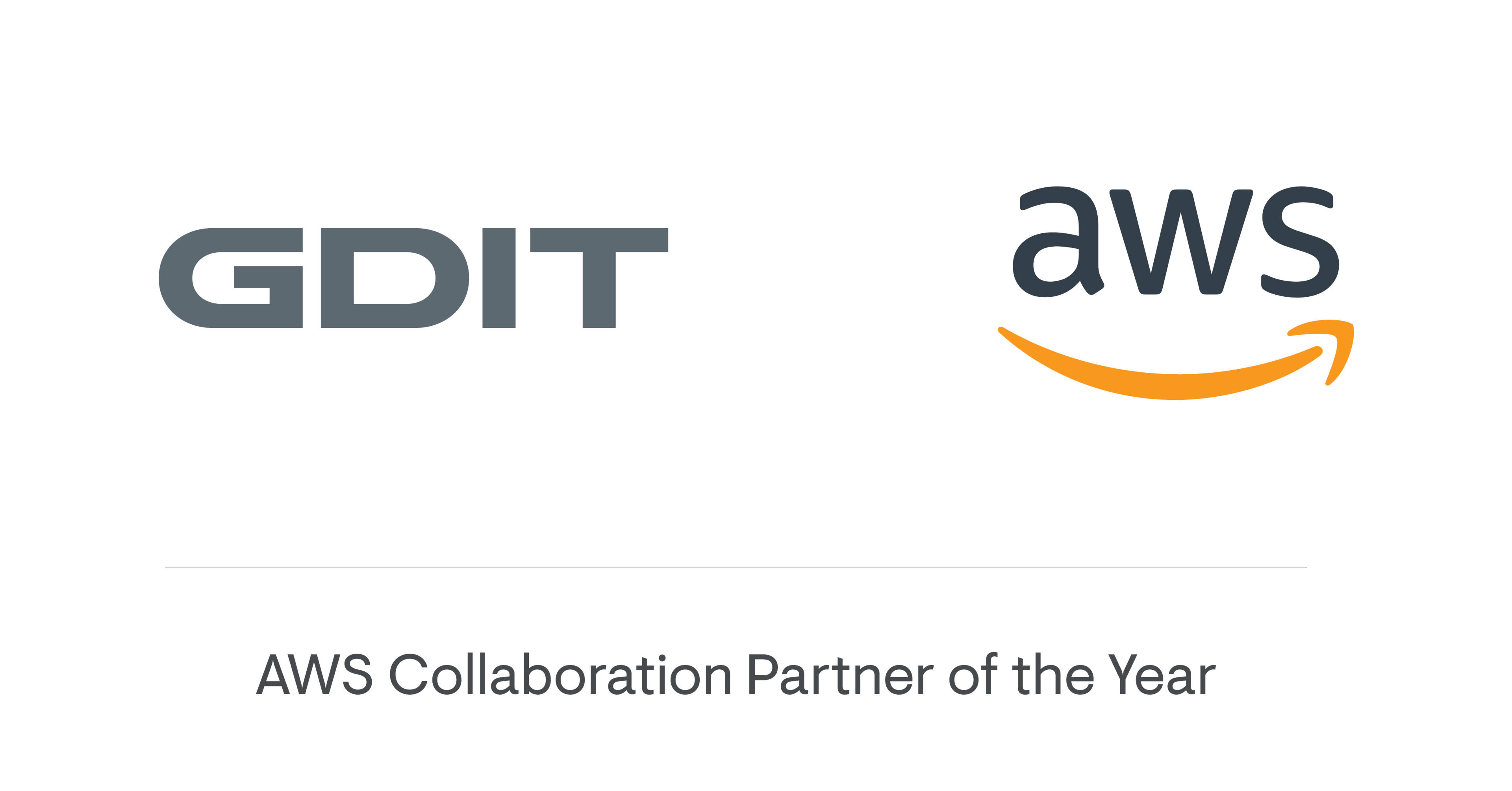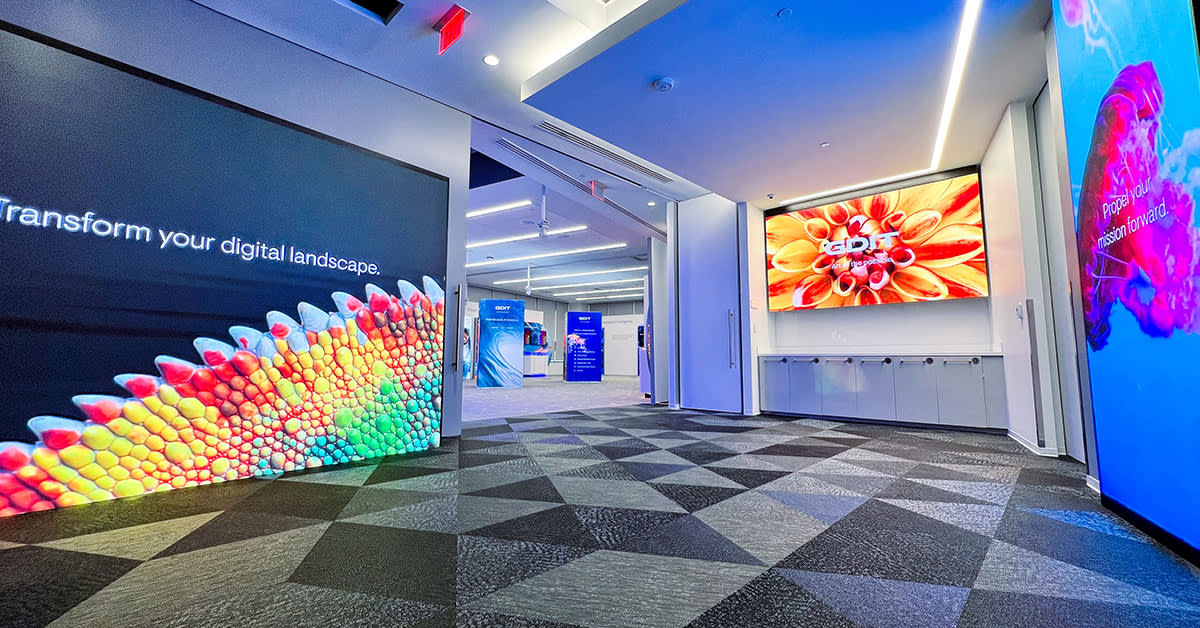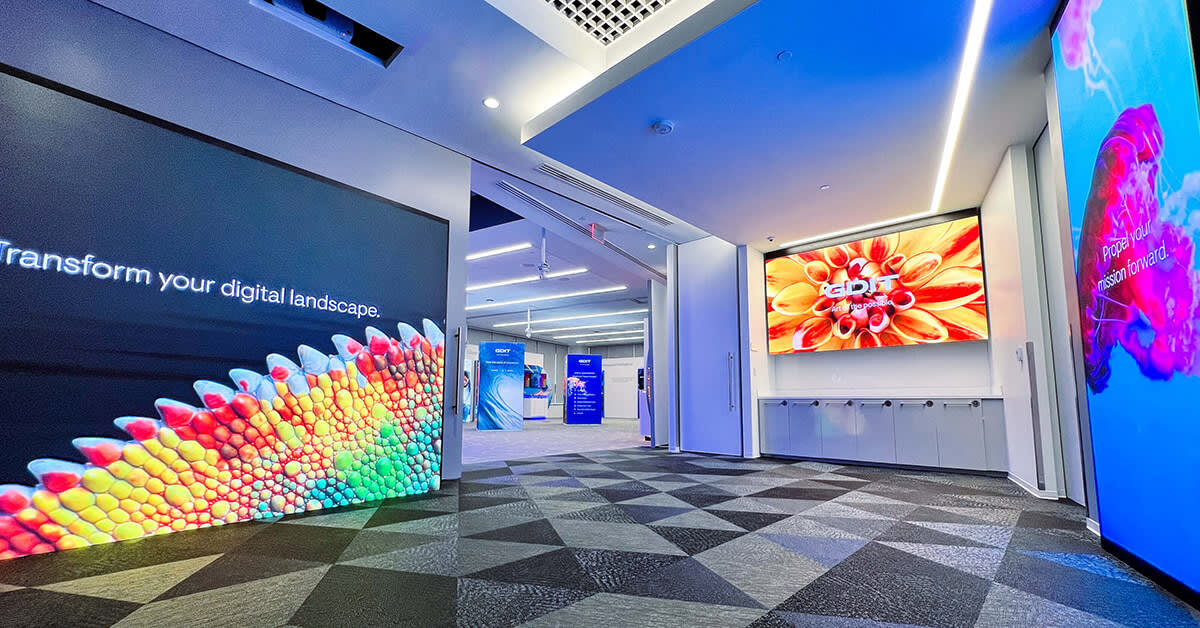Cloud transformations.
We make cloud a solution, not a complication.
Cloud Migration and Modernization
Make applications, databases, and other workloads run better, work harder, and cost less to maintain, while delivering on Cloud First and Cloud Smart guidelines. GDIT automates the discovery, assessment, and migration process to accelerate cloud adoption.
GDIT Hive Hybrid-Multi-Cloud
Combine the strengths of different cloud providers and your on-premises infrastructure to create a single, unified environment with Hive Hybrid Multi-Cloud. Optimize your cloud management and automatically choose the right cloud for each workload while maintaining control of your sensitive data.
Financial Operations
Unite engineering, finance, and business teams to create an operational, data-driven model for efficient cloud usage that maximizes value and makes you more agile and responsive to changing needs. GDIT optimizes costs, security, and compliance in the cloud, effectively managing multi-cloud infrastructure from a unified view.
Cloud-Native Application Development
Build, test, and deploy new applications or modernize existing ones across your agency’s commercial, private or hybrid clouds. GDIT builds applications to rapidly deploy, elastically scale, and fully leverage modern cloud services like artificial intelligence.
Maximize your mission.
Unlock the full potential of your mission with enhanced security, scalability, and innovation.
Security from the edge to the cloud.
Provide secure access to your systems while protecting endpoint systems and data, cloud, and on-premise infrastructure with advanced cyber capabilities that detect and block threats in real-time.
Leverage the power of big data.
Deploy AI from enterprise to edge and turn data into impact. GDIT offers AI solutions to rapidly ingest, extract, and apply actionable intelligence from data, text, image, video, and audio, to derive critical insights.
Optimize and modernize.
Combine private and commercial cloud offerings to take advantage of transformative technologies while achieving better cost management. Scale your infrastructure on-demand and access custom and off-the-shelf applications via the cloud.
RESEARCH REPORT
Multi-Cloud Defense: Redefining the Cyber Playbook
Multi-cloud is a gamechanger. 84% of respondents say successful multi-cloud adoption will strengthen their agency’s overall cybersecurity posture in the long run.
GDIT Cloud
GDIT Cloud is cloud transformations made clear.
Cloud innovation ecosystem.
Own a career transforming how government works.
A cloud-services career at GDIT means being an important part of transforming our clients for the modern age. It means challenging and impactful work that ensures the mission is never interrupted. At GDIT, we’re committed to helping our employees accelerate their careers with the same passion as they help agencies accelerate to the cloud.
















